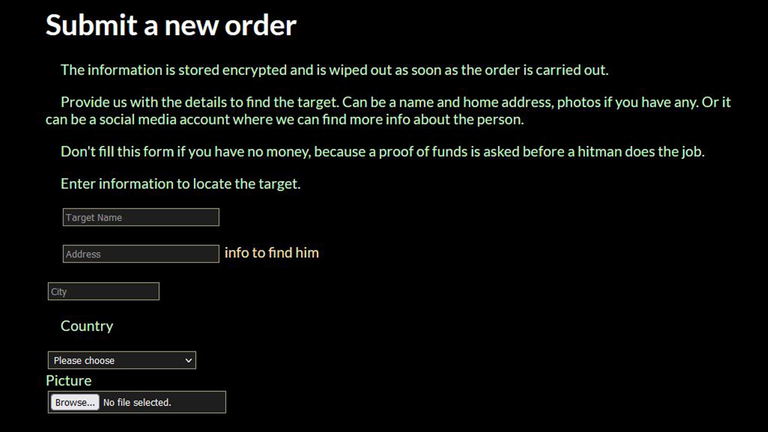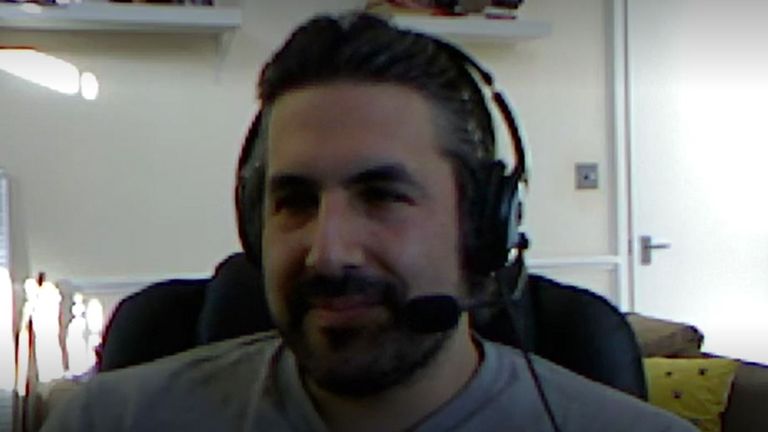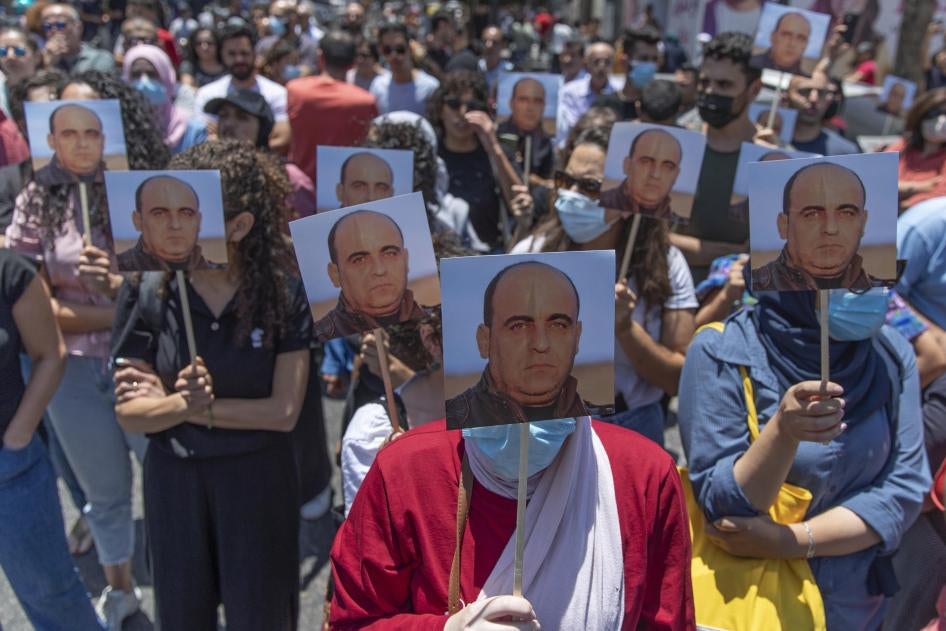Scott Sutherland
Thu, December 1, 2022

Meteorological winter starts today! Why? Because it's science!
By the calendar, the First Day of Winter in the northern hemisphere is on December 21. However, for meteorologists and climatologists, the 1st of December marks the start of the season. Here's the story behind Meteorological Winter.
Our calendar year is broken down into four seasons. In the northern hemisphere, we observe spring from March to June, summer from June to September, fall from September to December, and winter from December to March. The exact day on which each season starts and ends varies from year to year. However, it's typically somewhere around the 20th of the month, give or take a day or two.
There's a specific reason for this. Long ago, our ancestors noticed patterns in the motion of the Sun across our skies. In addition to crossing from east to west daily, the Sun's path across the sky also changes. For half of the year, that path gets higher and higher above the horizon until it reaches a maximum. Then, the path gets lower and lower for the other half before reaching a minimum.
This day-by-day change is because Earth is tilted on its axis by approximately 23.4 degrees. So as the planet orbits around the Sun, that tilt causes the relative angle we view the Sun at to change
.

Earth Seasons Orbit New

Earth Seasons Orbit New
Since it is defined by the Sun, this cycle is how we define our 'astronomical' seasons.
Spring and Fall start at the Equinoxes. These moments in time occur when an observer standing on Earth's equator sees the Sun directly overhead at noon, lighting both the northern and southern hemispheres equally. The exact season beginning at that time depends on which hemisphere you are in and which direction the Sun is crossing the equator. For example, in March, the Sun crosses the equator towards the north, so this is the beginning of spring for the northern hemisphere and fall for the southern hemisphere.
Summer and Winter begin at the Solstices. These occur at the exact moment when the Sun appears to reach its maximum and minimum height in the sky, respectively. Again, which hemisphere you are in is the deciding factor for which season is beginning at that time. In late June, the Sun reaches its maximum height above the northern hemisphere, marking the start of northern Summer. At that same time, it reaches its minimum height in the sky for the southern hemisphere, denoting the start of southern Winter. In late December, it's the reverse: the Sun is at its maximum height in the southern hemisphere, marking the beginning of Summer there, while Winter starts in the northern hemisphere.

NASA satellite views of equinoxes and solstices
These satellite views of Earth show the start of the four seasons. From left to right, in the northern hemisphere, there is summer, fall, winter, and spring. Credit: NASA
Using astronomical timing to define our seasons has worked for a long time, so there's no need to change that now.
However, these dates do not necessarily line up with our seasonal weather and climate. Also, they definitely don't mesh well with how we keep records of weather conditions throughout the year.
Shifting alignment
When keeping weather records, consistency is essential. Daily, weekly, monthly, and even yearly records maintain this consistency since these time periods are always the same (except for the occasional leap year). That way, atmospheric scientists can easily make comparisons, find extremes, and track trends.
Comparing seasons and seasonal trends is important too. However, as astronomical seasons are anything but consistent, they throw an added complication into the process.
Due to slight changes in the timing of Earth's orbit and rotation, the equinoxes and solstices change from year to year. This changes the exact day and time each season starts and ends. As a result, the lengths of the seasons can vary.
For example, Spring of 2022 began on March 20 at 11:33 a.m. EDT and ended on June 21 at 5:13 a.m. EDT. In 2023, the season starts on March 20 at 5:24 p.m. EDT and ends on June 21 at 10:57 a.m. EDT. In 2024, the days will change, to March 19 at 11:09 p.m. EDT, and June 20, at 4:50 p.m. EDT.

Solargraph-Toronto-Canada-2-2016-06-20-fine-art
This 'solargraph' image was produced by leaving a pinhole camera aimed at the Toronto skyline for 113 days in 2016. The image captures the Sun's path across the sky for each day from February 28 to June 20. Credit: Bret Culp (Used with permission)
It's not that comparisons can't be made. These days, computers can easily tally all the weather records between the precise start and end times of any astronomical season. Even so, applying adjustments and corrections to make the comparisons more accurate would be bothersome.
However, over 200 years ago, when the first meteorological network was set up (Societas Meteorologica Palatina), such a task would have been far more cumbersome and time-consuming.
To align the seasons better with how meteorological records were kept, meteorological seasons were created.
Each meteorological season is still three months long. Unlike astronomical seasons, though, they start and end on the exact same dates from year to year. Also, they align precisely with our calendar months.
Meteorological spring begins on the 1st of March. Meteorological summer starts on the 1st of June. Meteorological fall begins on the 1st of September. Meteorological winter starts on the 1st of December.
Does it make that much difference?
Meteorological seasons are useful for more than just bringing consistency to seasonal comparisons. As it turns out, they are often well-timed to capture the most 'representative' weather of each season.

Meteorological-Winter-Graph-Canada
As the graph above shows, while some of these Canadian cities experience much colder winters than others, nearly all follow a similar temperature trend throughout the season.
With the meteorological and astronomical seasons plotted on the graph, meteorological winter captures the coldest part of that temperature trend far better than its astronomical counterpart.
(Thumbnail image courtesy Rachelle Mack/UGC)


.png)











